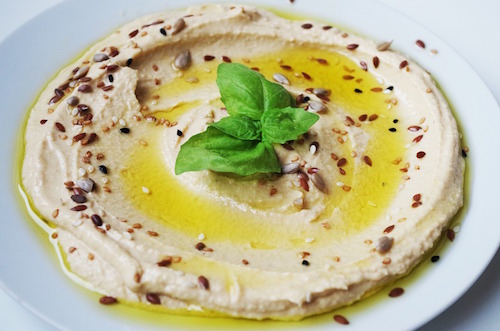
Katz
Guest post by Mandy Katz, MS, RDN, LDN, of Baltimore-based Nourish Family Nutrition
Although my kids are now in high school, the first days of school always make me a bit nostalgic for when they were younger and I was more involved in their day-to-day studies. One of my favorite activities with them was vocabulary. I’ve always loved words and their meanings and the interesting nuances they each hold. I’m also fascinated by how they are often misused and confused (principal/principle). So in honor of back to school I thought I’d play teacher/dietitian with a vocabulary lesson.
Your words? Snack and Treat.
 As a dietitian, I find the snack and treat discussion with my clients to be a challenge — mainly due to the way we each personally define the words. So let’s start with the dietitian’s definition of each and see if it fits yours.
As a dietitian, I find the snack and treat discussion with my clients to be a challenge — mainly due to the way we each personally define the words. So let’s start with the dietitian’s definition of each and see if it fits yours.
A “snack” is a mini meal that holds you over when the time between meals is long. It should be balanced, nutritious, and only be taken if you need sustenance between meals. A “treat” is something that brings you delight, it typically offers limited nutritional value, and is taken in moderation.
So how did you do? No worries. Let’s just call this a pretest and explore the subject a bit more.
To better understand the meaning of today’s vocabulary words, we also need to understand what their definitions mean. Case in point: Snack=Mini Meal. So what is a meal and how do we make it mini? Based on the USDA’s MyPlate standards, a healthy and nutritious meal is a half plate produce, a quarter plate protein, a quarter plate whole grains/starches. So when we make that into a mini meal, we are looking for that type of balance but in smaller portions.
Based on the USDA 2000 calorie diet (which is more than most of us actually need) a meal is about 500 calories and a snack about 150-250 calories. Look around the grocery store and you will see that manufacturers know this number and are more than delighted to provide you packaged “snacks” in this calorie range. The problem is most of these “snacks” are actually “treats” and even when they are acceptable “snacks,” they are not balanced. Being unbalanced means your snack will not successfully carry you between meals as intended.
So what is a balanced snack?

The perfect snack would offer you a carb for energy and a protein for staying power and, ultimately, would stay within the calorie range. So here are a few good choices: sliced apple + 1 tablespoon of peanut butter, 1 cup of Greek yogurt, 2 tablespoons of hummus and ½ cup veggies, 1 serving of pretzels + 1 oz. of cheese, or even ½ of a sandwich. Noticeably absent? Chips, sweets and sugary beverages. Those are treats. Much like my boys the night before a vocab test, I hear your cries of “What about the treats?”
Treats can and should be a small part of a healthy, balanced diet. Ideally, treats should be limited to once or twice a week and they should also be appreciated.
Appreciated? Yes, that is your next vocabulary word. Webster’s defines “appreciate” as “to value or admire highly or recognize with gratitude.”
If you are having your treat in front of the TV or with some other distraction, you are not recognizing with gratitude. So make this dietitian happy and mindlessly eat some carrots instead. No? OK, then let’s talk gratitude. (The words keep piling up here).
Research shows that with food, there is diminishing pleasure. This means the first bite is the best and it’s all downhill from there. So sit down, focus on that treat and really savor that first bite. Then ask yourself: Do I need more? If yes, continue on that appropriate serving size of treat. (I know: “killjoy: a person who deliberately spoils the pleasure of someone else.”) When you focus on your treats — or anything you eat — you tend to eat less.
Some final thoughts. Research shows we make about 200 decisions a day about food. Are you making good decisions? Are you planning your treats and snacks appropriately? Are you setting yourself up for success by filling your shopping cart with healthy snacks? Are you modeling healthy snacking/treating at home for your kids? Are you teaching them to appreciate treats rather than teaching them to accept them as part of their regular diet?
If you answered yes (or are leaning towards yes), then I would say this lesson is complete!
For great snack ideas, go to http://www.nourishfamily.com/category/snacks/
Mandy Katz is a Registered and Licensed Dietitian Nutritionist and is a Certified Lactation Counselor through The Academy of Lactation Policy and Practice.
She has experience in providing medical nutrition therapy to adults with diabetes and other lifestyle-related diseases but has a real love of working with kids and new moms. She has presented on a wide variety of nutrition topics and held cooking demonstrations locally and nationally. Before becoming a dietitian, she had the pleasure of feeding the circus elephants, making Maryland’s largest salad, selling bread at the height of the Atkins Diet craze, and developing a cookbook for one of the nation’s top-selling pretzel companies.

